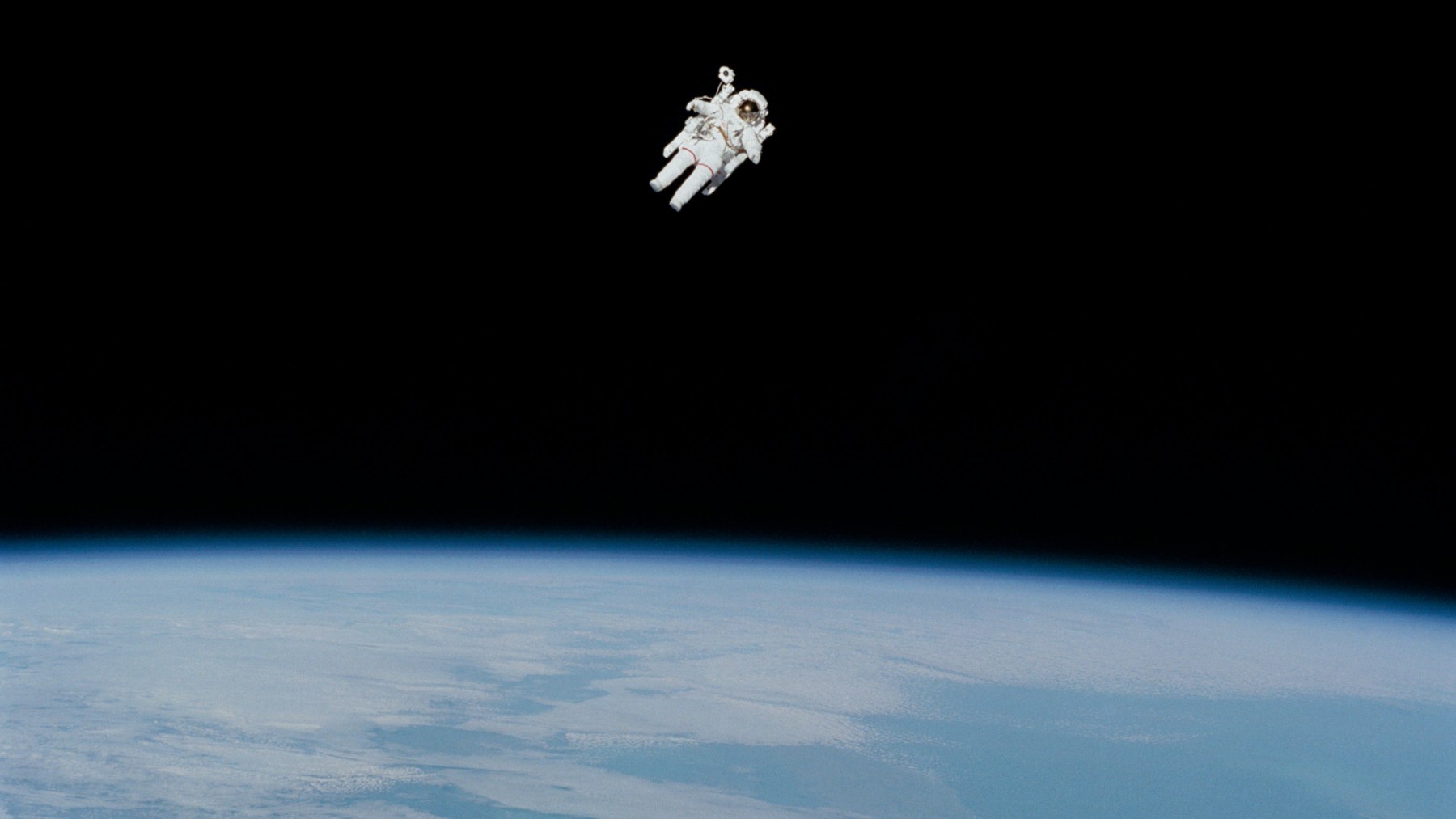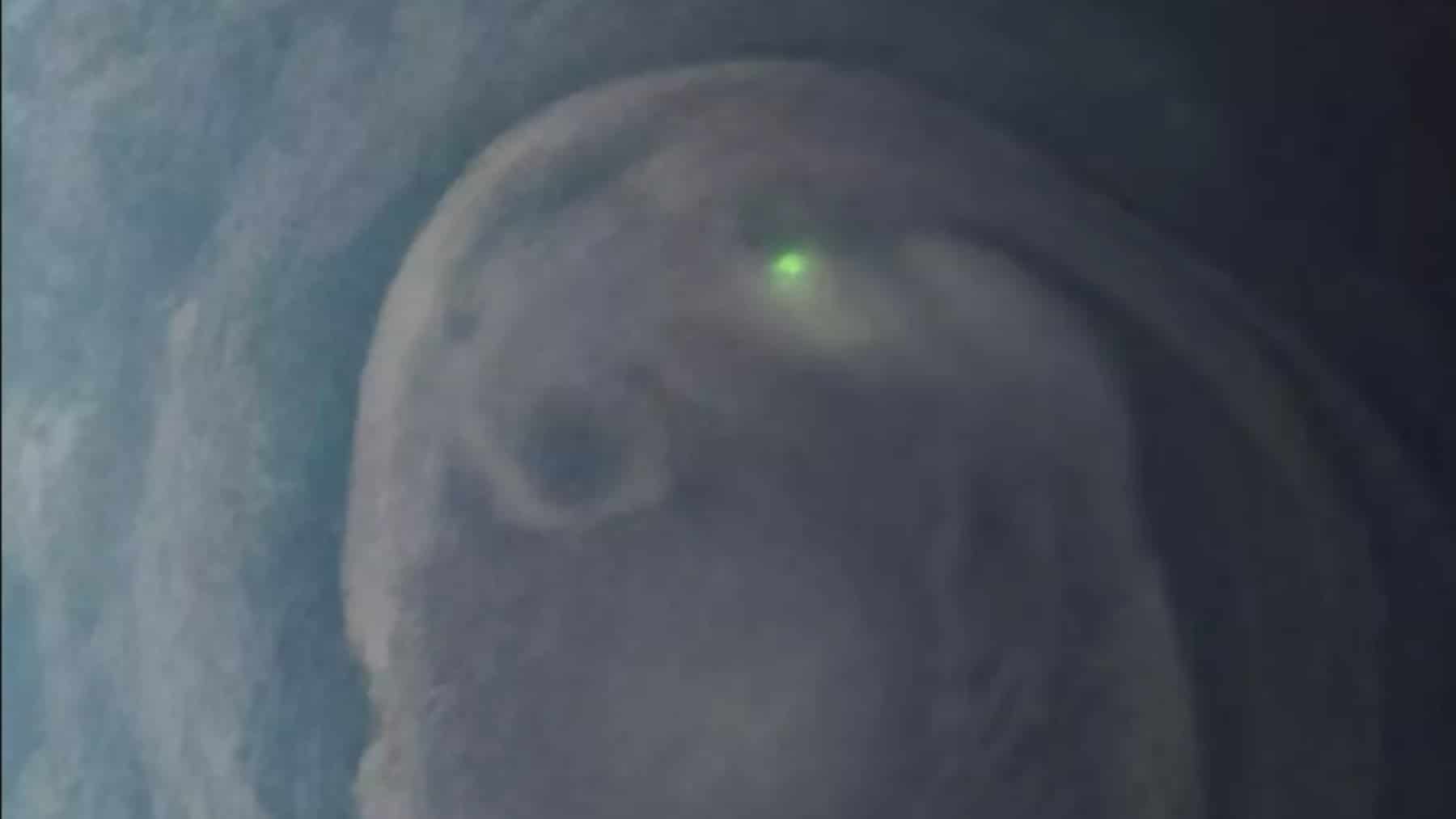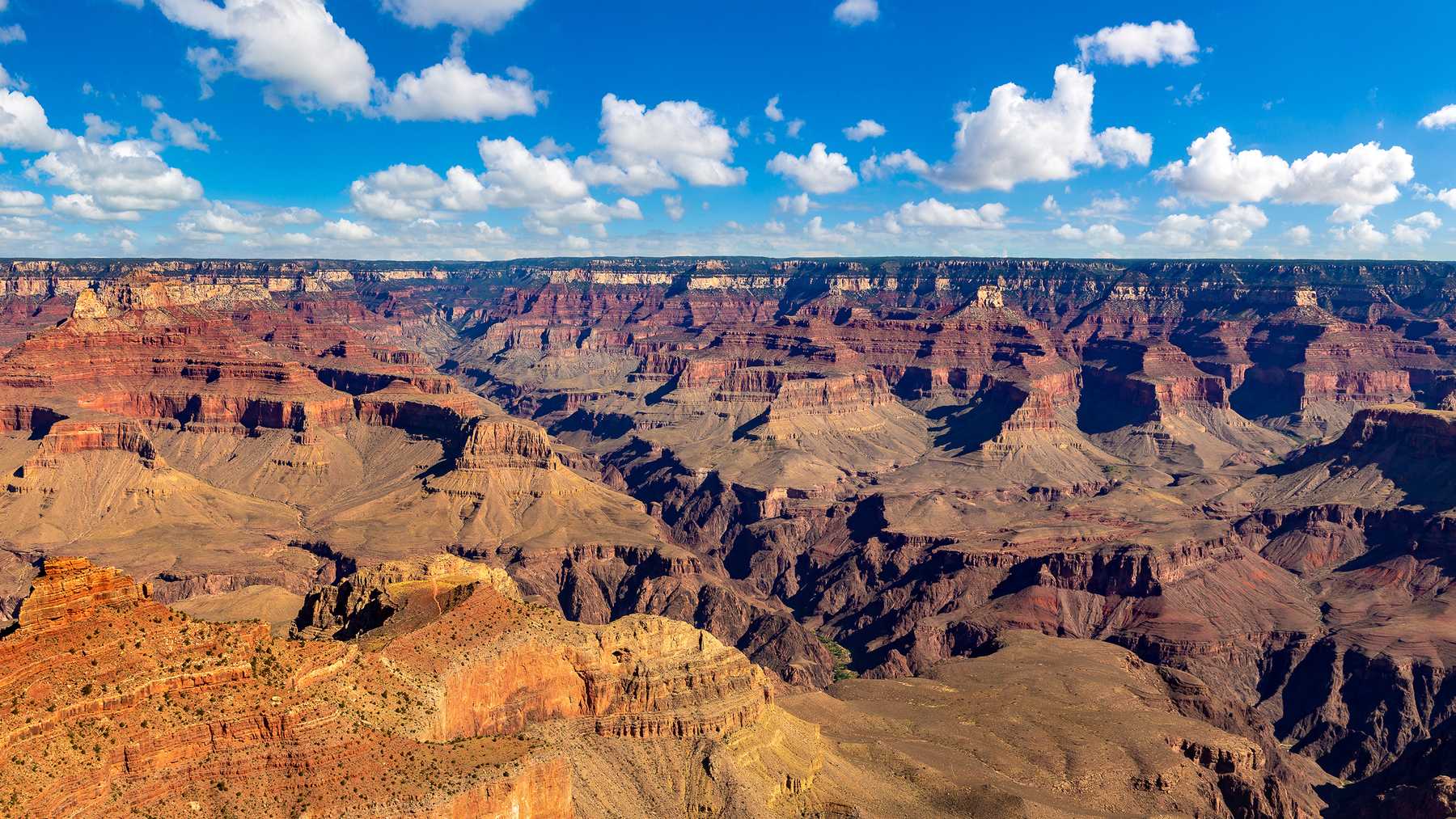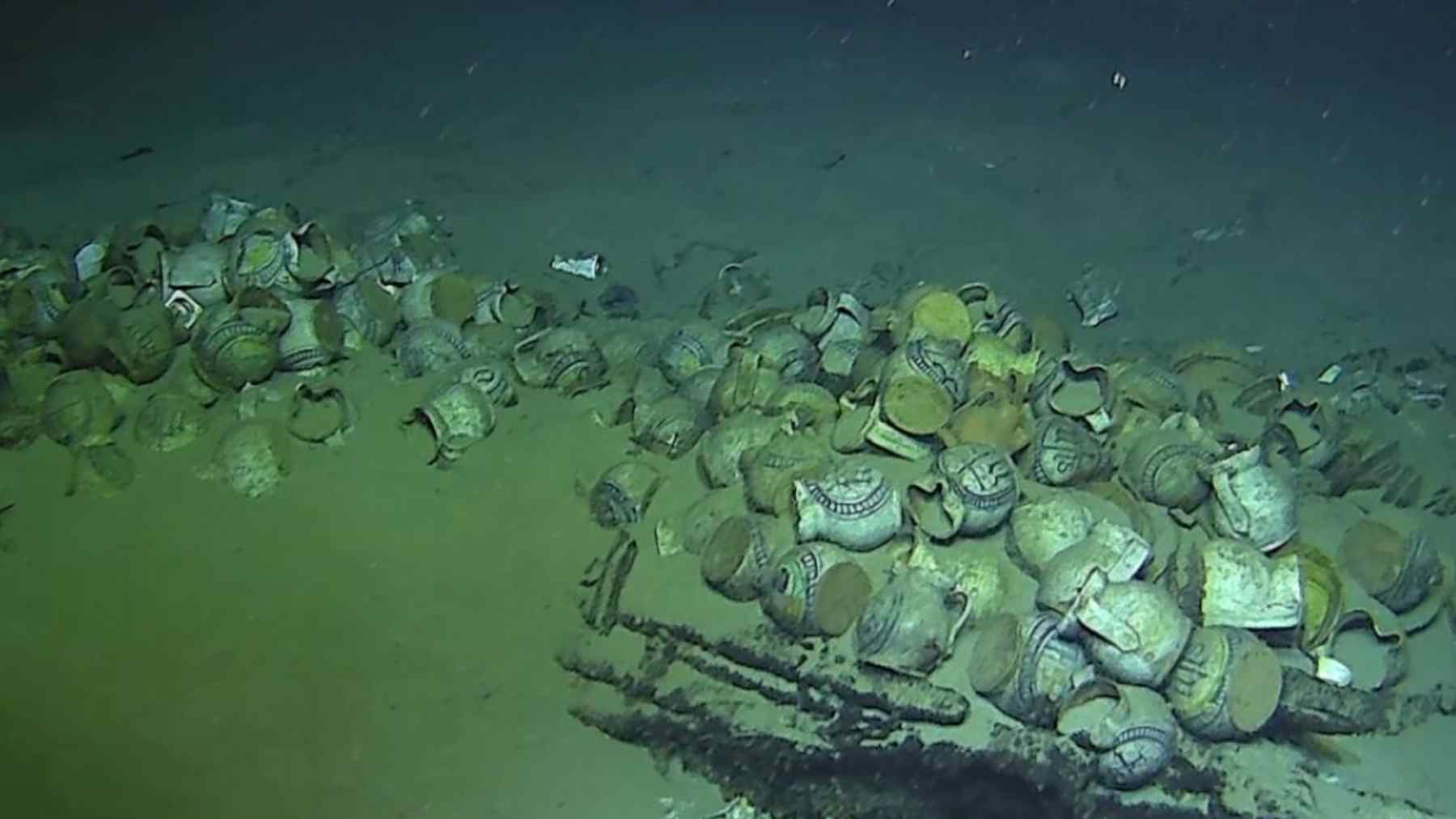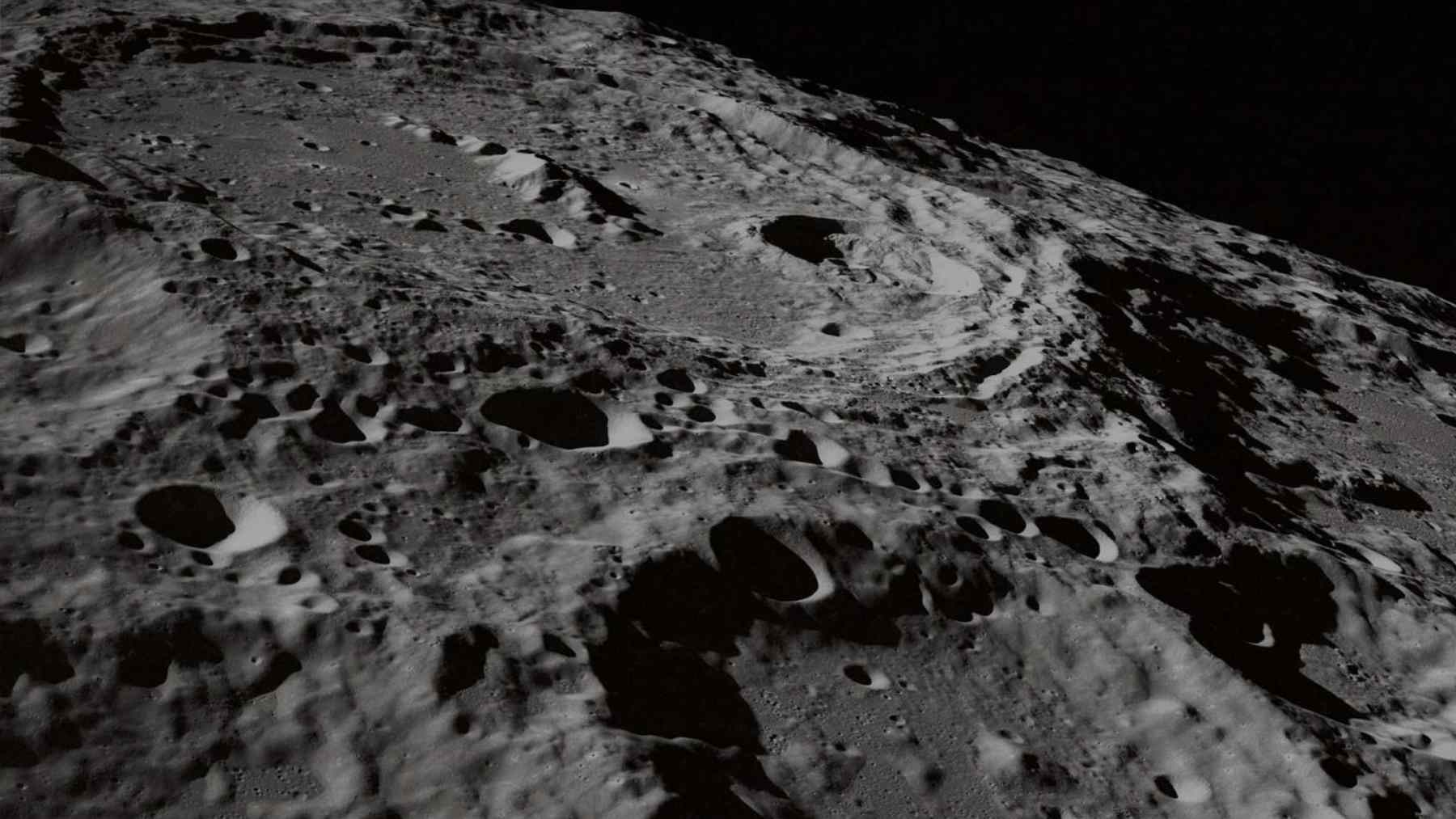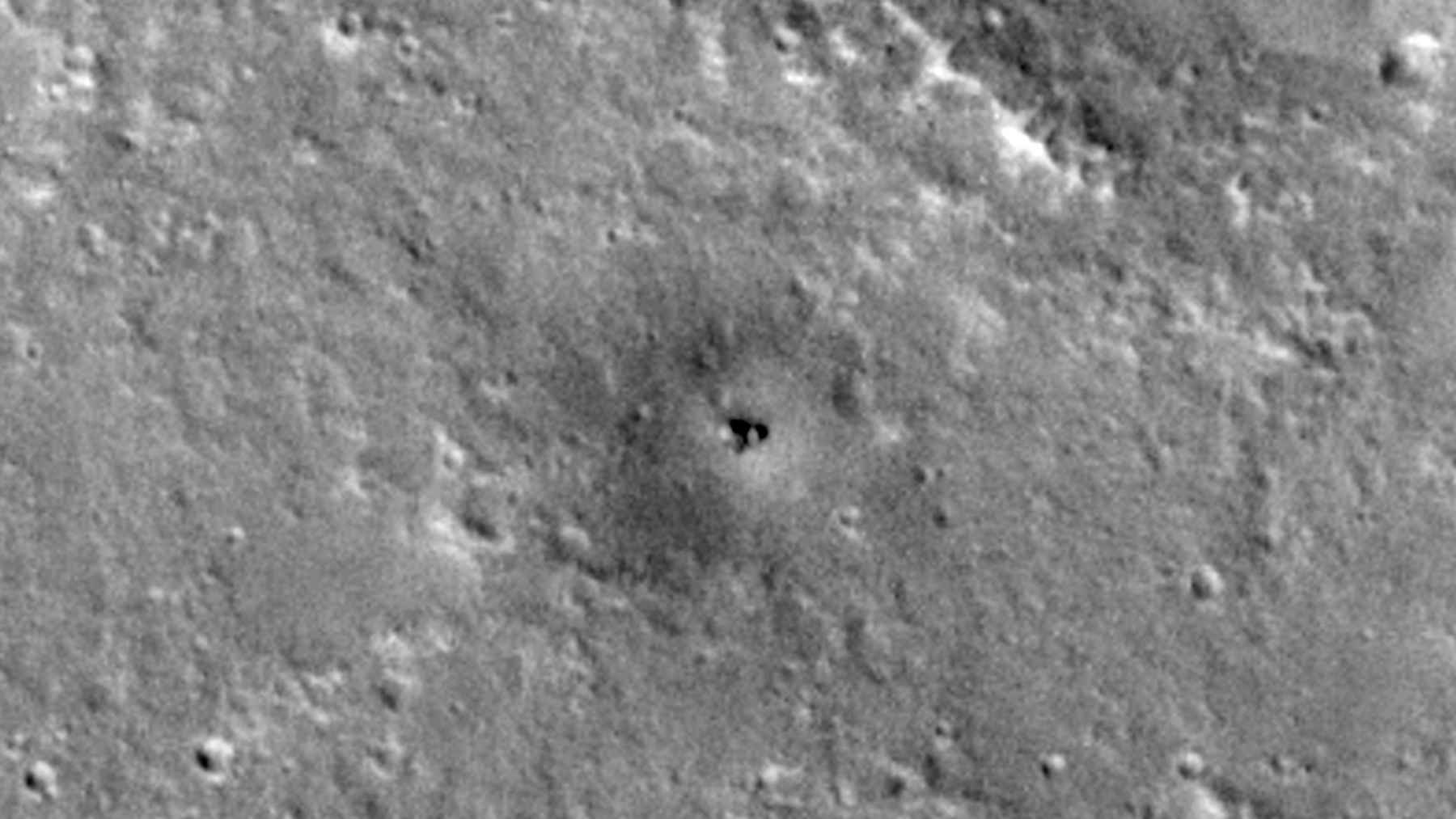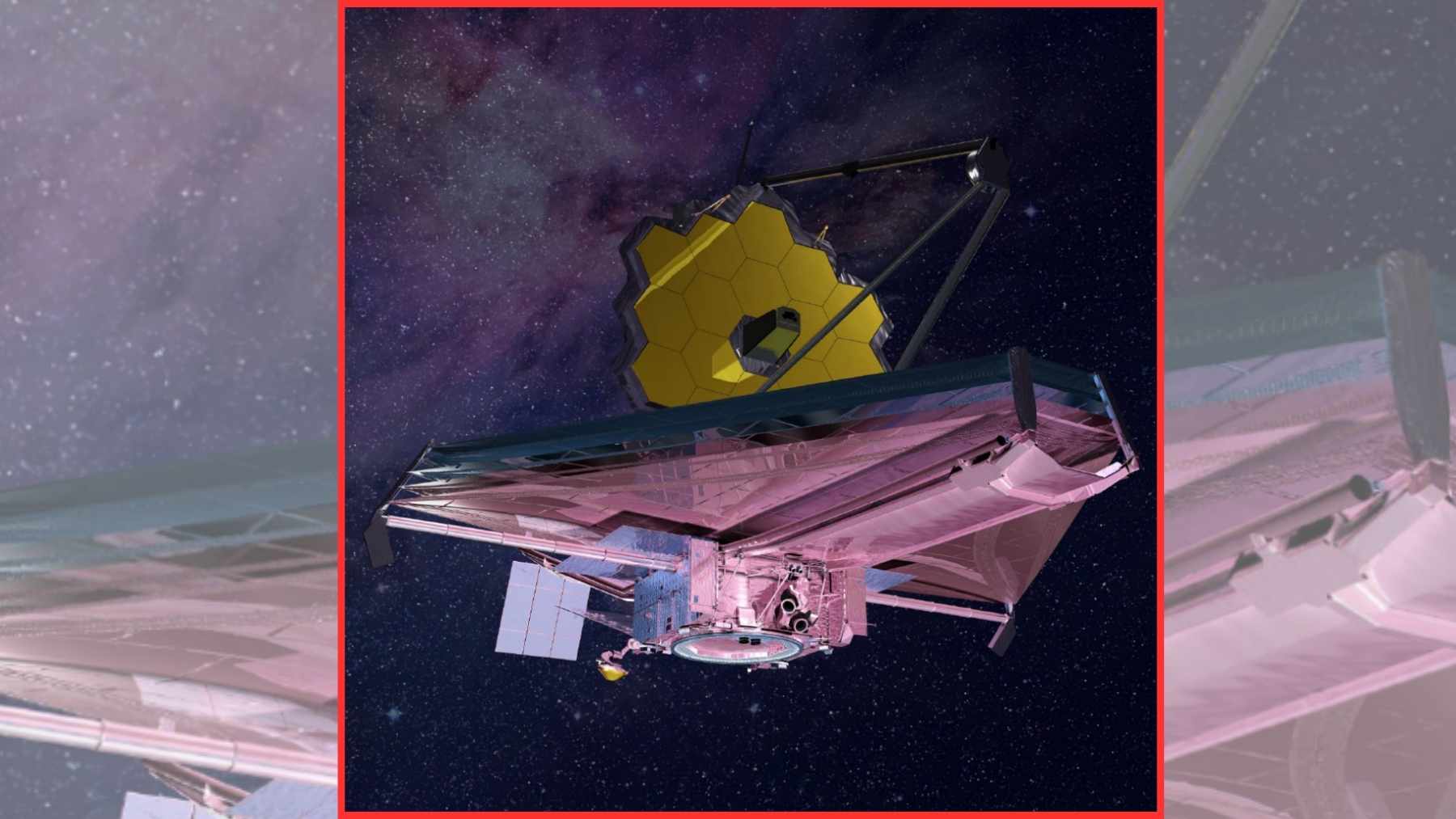With the Polaris Dawn Mission, SpaceX shoulders in what could be termed ‘space exploration on steroids’. This mission has a civilian crew, and its objectives are daring; therefore, it tries not only to solve certain scientific problems but also to prepare the world for the time when conquering space will become a very ordinary thing. What, however, can one expect by having such ambitions, challenges or risks?
Pioneering the first commercial spacewalk: Polaris Dawn
Polaris Dawn, under the command of billionaire Jared Isaacman, represents the first commercial space expedition aimed at conducting a spacewalk. Four-member crew consists of Isaacman himself, Scott Poteet, and two SpaceX animators, Anna Menon and Sarah Gillis.
Within a period of five days, they will address several issues – from performing scientific research to trying out new space suits. The objectives of the mission include reaching 700 kilometres, the highest altitude attained in a non-lunar mission, after apollo and crossing the Earth’s South Atlantic Anomaly, a region characterized by high radiation.
This risky adventure includes testing the systems aboard the Dragon capsule and launching satellites that are meant to work without ground control. The live is a major highlight of the mission, where a spacewalk will be conducted, enabled by state-of-the-art suits incorporating technologies such as heads up displays and improved thermal control.
Beneath the insurmountable: The deadliest of space challenges confronted by Polaris Dawn
The cosmos has always been depicted as a dangerous zone, which history has proven more than once. For instance, from 1961 till date, 30 astronauts and cosmonauts have died at work, and some have encountered near-death experiences.
SpaceX has its own safety statistics, which are reassuring, but the company is aware of the dangers posed by such operations as Polaris Dawn. The crew of the mission will also assist in assessing the potential radiation risk which is known to be high on this mission.
The crew will gain as much radiation within hours as they would on earth in 20 years. In addition, the mission involves going out on a spacewalk, which has its own difficulties: the Dragon capsule will not have an airlock so it will be depressurized, and all the crew members will be required to wear space suits – a daring move. To further human space exploration, the team seeks to collect important information about these hazards.
From Earth to Mars: The significance of Polaris Dawn in settling beyond one planet
Not only does Polaris Dawn entail hazards, but it also marks remarkable progress in space tourism and exploration. Over the years, SpaceX innovations have brought down the cost of launching, while the opened space tourism market which is estimated to be worth $750 million in 2023, is expected to explode by five folds reaching $5.2 billion within a decade.
Yet, price and security are two great concerns for comfortability. The mission also serves a larger vision: making life multiplanetary. The data collected will assist in the construction of regards, as well as cities on Mars. More than the material spoils, the mission promises its participants the ‘overview effect’ where the enjoyment of seeing the earth from above entirely transforms one’s orientation as has been reported by everyone who has made it to space.
A representation of the risks and opportunities associated with the current era of exploring the space can be seen in Polar Dawn. Obstacles such as radiation or any technical challenges remain, but the scientific, technological, and motivational aspects of the mission are beyond question. As the trends in tourism in outer space continue to grow, such endeavors will usher humanity in an era where space travel is not in the horizon but rather to a developed civilization in the outer space.
